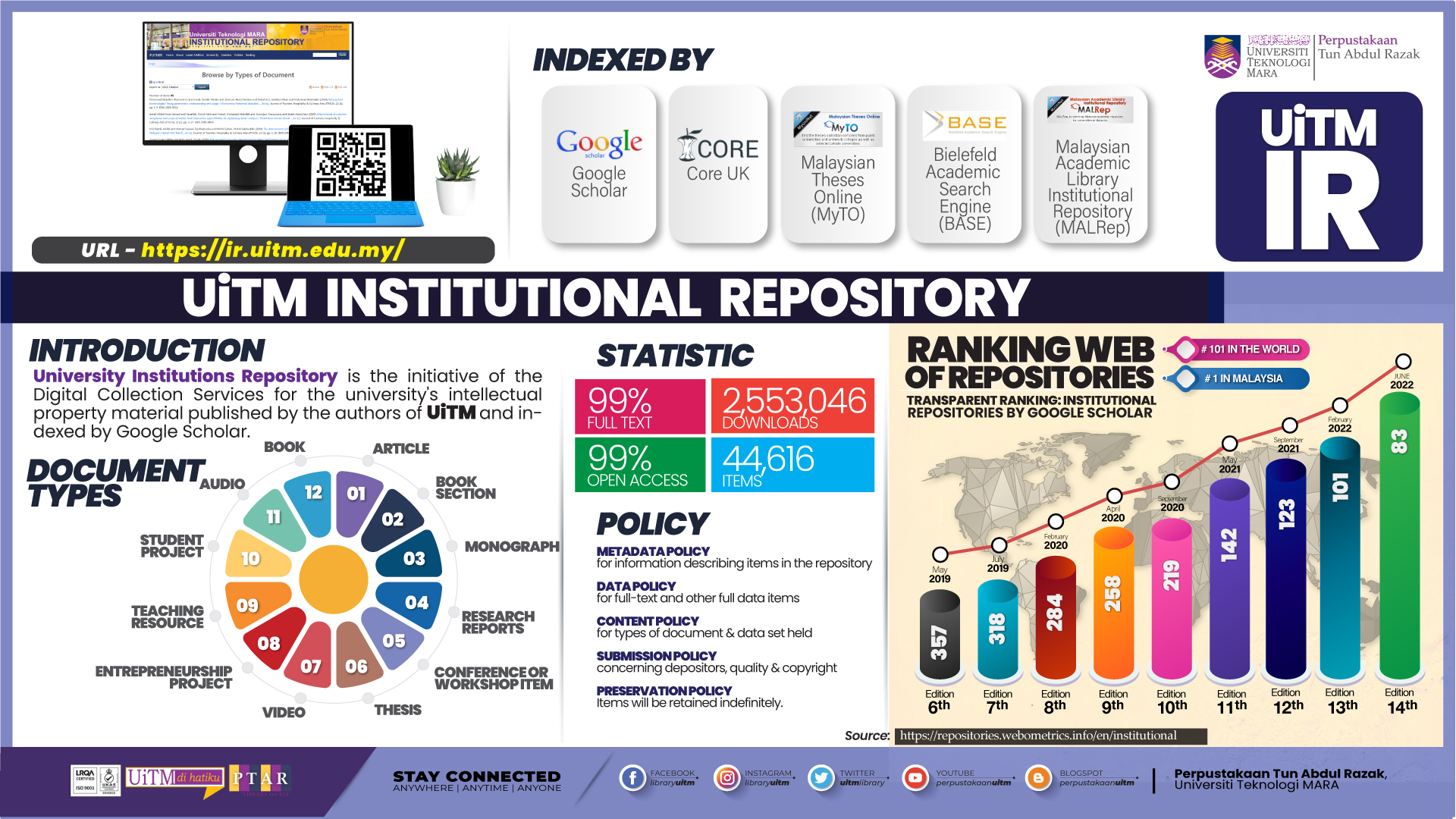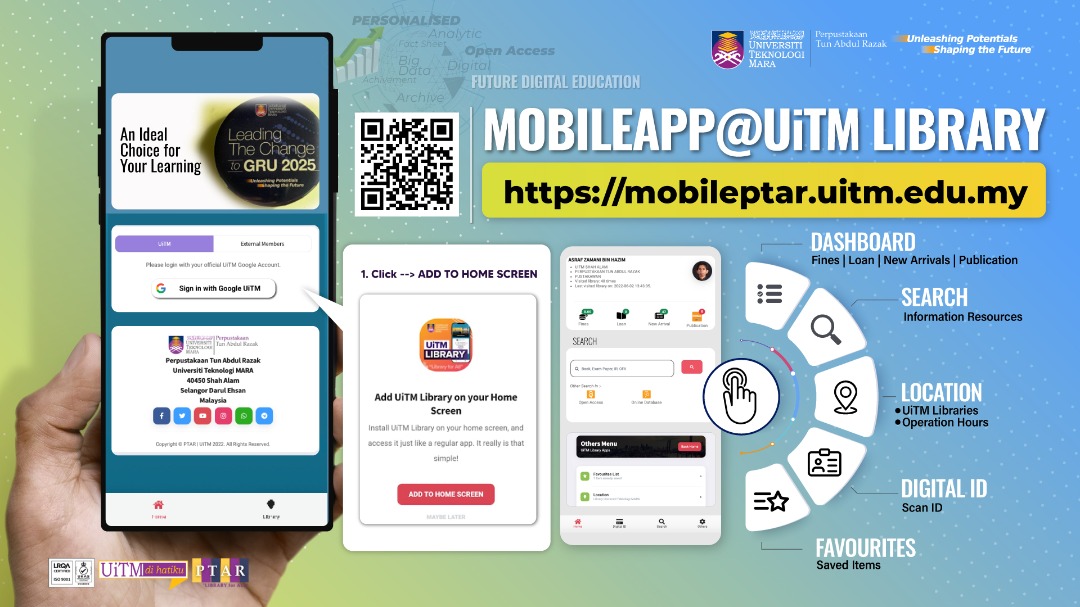What Are We Doing With Social Media? | From the Bell Tower
It's now been several years since academic libraries began dabbling in social media. Are we are any closer to strategically capitalizing on it to improve our relationships with students?Steven Bell, Associate University Librarian, Temple University, Philadelphia, PA Jun 2, 2011 The application of social media in higher education is in the news because of the attention being garnered by John Maeda, university president at the Rhode Island School of Design (RISD). It seems that Maeda, a tech savvy design expert, sought to have an open, transparent presidency driven by frequent blogs posts and tweets. Maeda played out the strategy well, taking advantage of blogging, Twitter, and YouTube to constantly share his thoughts with students and faculty. It didn't work out. In this case social media flopped. Maeda now acknowledges that his strategy conflicted with the culture of RISD. "I ate the Jell-O, I drank the Kool-Aid. But now I realize that what I thought could work in the digital era doesn't have the same impact locally as it does globally," he said in an interview. "People don't want more messages; they want more interactions. There's no perfect memo where you can press send and get connected, or Facebook group you can join to be committed." Librarians sip the Kool-Aid By 2006, our literature began to reflect the movement, with Brian Mathews sharing his experienceat attempting to connect with a segment of students at this institution. Since then there are multiple studies aiming to answer questions related to the impact of social media in academic libraries orwhether students even want to have social media contact with librarians. Academic librarians have also explored YouTube as a vehicle for reaching students virtually, and while most are of questionable value, a very few have gone viral. Since those early efforts to connect with students in social media, real breakthrough developments have yet to be seen. Yet we still keep plugging along with social media. What are we up to now? At my library, a group has worked this spring to establish a more concrete social media plan, and they just recently issued guidelines for coordinating our strategies and establishing a core of social media journalists within the library. Also, this blogger shared the results of his poll to learn more about libraries using incentives to encourage community members to interact with the library. For example, one academic library has a special gift for any student who becomes Mayor of the library. Another held a contest for the best tweet about the library. At LJ's recent Day of Dialog preceeding BEA, a panel of experts discussed what librarians need to do in order to truly engage their communities using social media. Just throwing tweets out willy nilly or randomly posting to Facebook and then dropping away is unlikely to result in a robust community in either forum. The panelists provided suggestions for creating more engaging content, but the overarching message is that getting results with social media depends on well planned strategic deployment. Facebook rules Among the findings, 96 percent used Facebook, 75 percent use Twitter, and 40 to 60 percent use YouTube, blogs, and Flicker. In a bit of a surprise, the main audience for social media is neither current nor prospective students but alumni. By a wide margin Facebook is most heavily favored, and it provides the best results. One question asked respondents to rank the major barriers to an effective social media strategy. Number one was insufficient staff for managing the day-to-day media strategies. That's a problem for academic libraries as well. We have great ideas and strategies, but lack the necessary staff to make a social media librarian a more common fixture in academic libraries. Lessons worth learning With all trends indicating that social media is spreading across all age demographics and becoming a regular part of our daily routines, we can ill afford to pass up opportunities to leverage these tools to connect with our communities. Increasingly, the library plays an important role in supporting social network use as well. In a recent presentation, The Networked Librarian, Lee Rainey shared the latest data and trends in social networking and libraries, and told the audience that "librarians are well adapted for supporting this." According to Rainey, when librarians engage in social media, through our blogs, videos, and tweets, we serve as content creators and this is going to be increasingly important to our work if we want to engage with all the other content creators out there. For those of us not already doing so, it's time to start approaching social networking and the use of social media more strategically to connect its use to specific outcomes. The days of dabbling and experimenting should lead us to a new phase, one in which social media is used with intentional design to improve our libraries. But let us remember the lessons learned the hard way by Maeda. Stay focused on the culture of the community, and remember that people want more than messages—they want engagement and interaction. source :http://www.libraryjournal.com/lj/home/890844-264/what_are_we_doing_with.html.csp
Early on the academic library community became interested in social media. At first it was MySpace and Facebook, and we rushed to establish a presence in hopes that our students would eagerly seek our virtual friendship even if they were lukewarm to getting to know us personally.
In more recent years our social media behavior is changing. Rather than simply establishing a presence and hoping students will notice, we're developing strategies for making the best use of our time in social networks. I've taken note of some academic libraries that have social media teams that plan out approaches for different media, recognizing they have unique qualities and that one strategy for all of them may not work.
A new report sheds some light on the state of social media in higher education. The Council for Advancement and Support of Education (CASE) produced a report titled Best Practices in Social Media. Nearly 1000 colleges and universities were asked how they use social media in order to better understand its use in marketing and the extent to which the tools are being used.
Despite some of the uncertainties about where we are headed with social media we should continue to explore how it might be best used to promote the library, provide a student-preferred communication channel, and contribute to growing a loyal user base. Along the way, we may make some mistakes. When it comes to social media the landscape is littered is bad choices and serious misuse. In his Inside Higher Ed essay titled Beyond Tweets and Blogs, Kevin Tynan reflects on the problems of social media as a higher education marketing tool. He cautions institutions to move carefully with blogs and video, and to avoid worrying about keeping up with the latest trendy social media resource.
Steven Bell, Associate University Librarian, Temple University, Philadelphia, PA, will be the incoming vice president/president-elect of ACRL. For more from Steven visit his blogs, Kept-Up Academic Librarian, ACRLog and Designing Better Libraries or visit his website.












